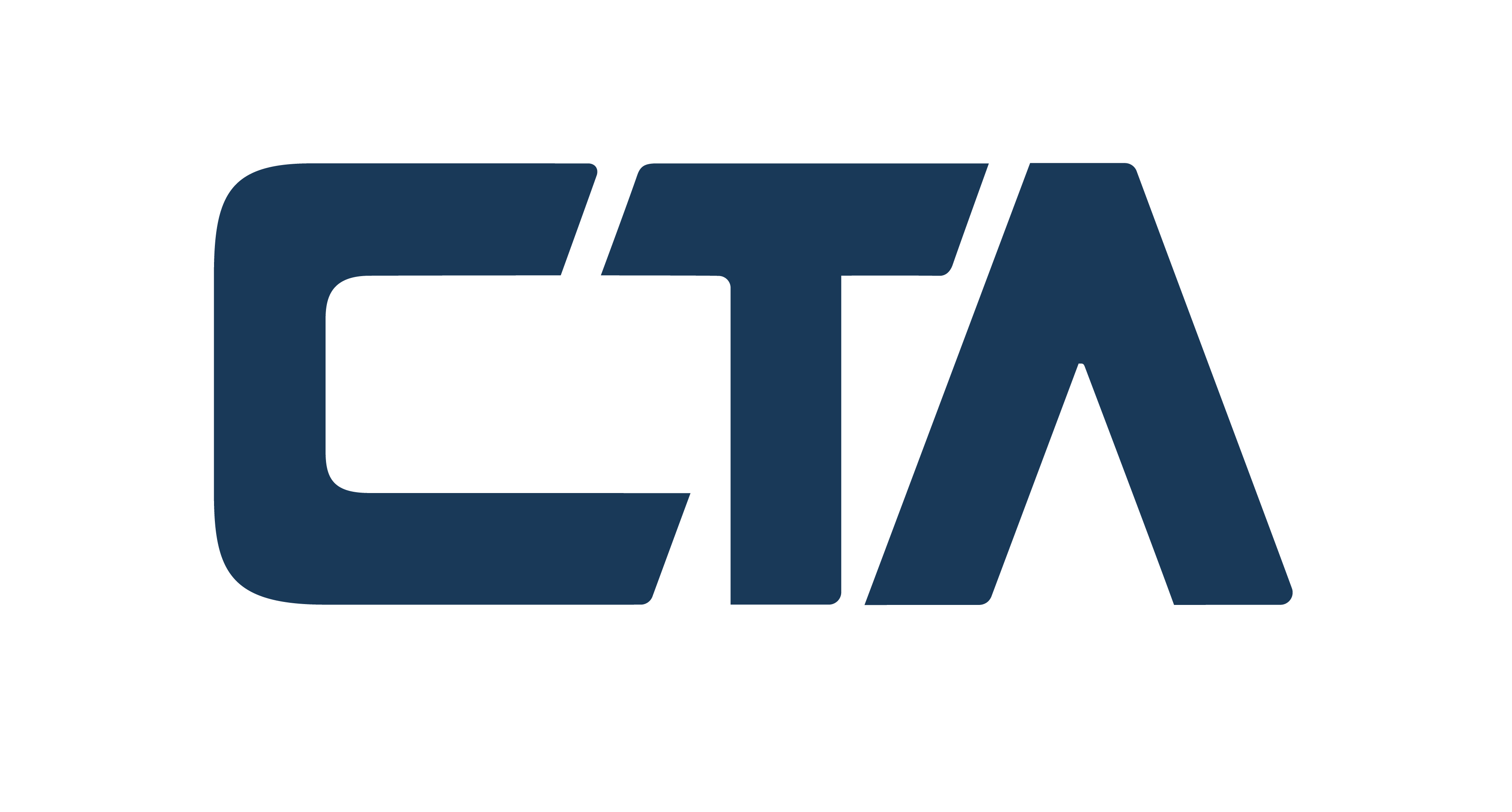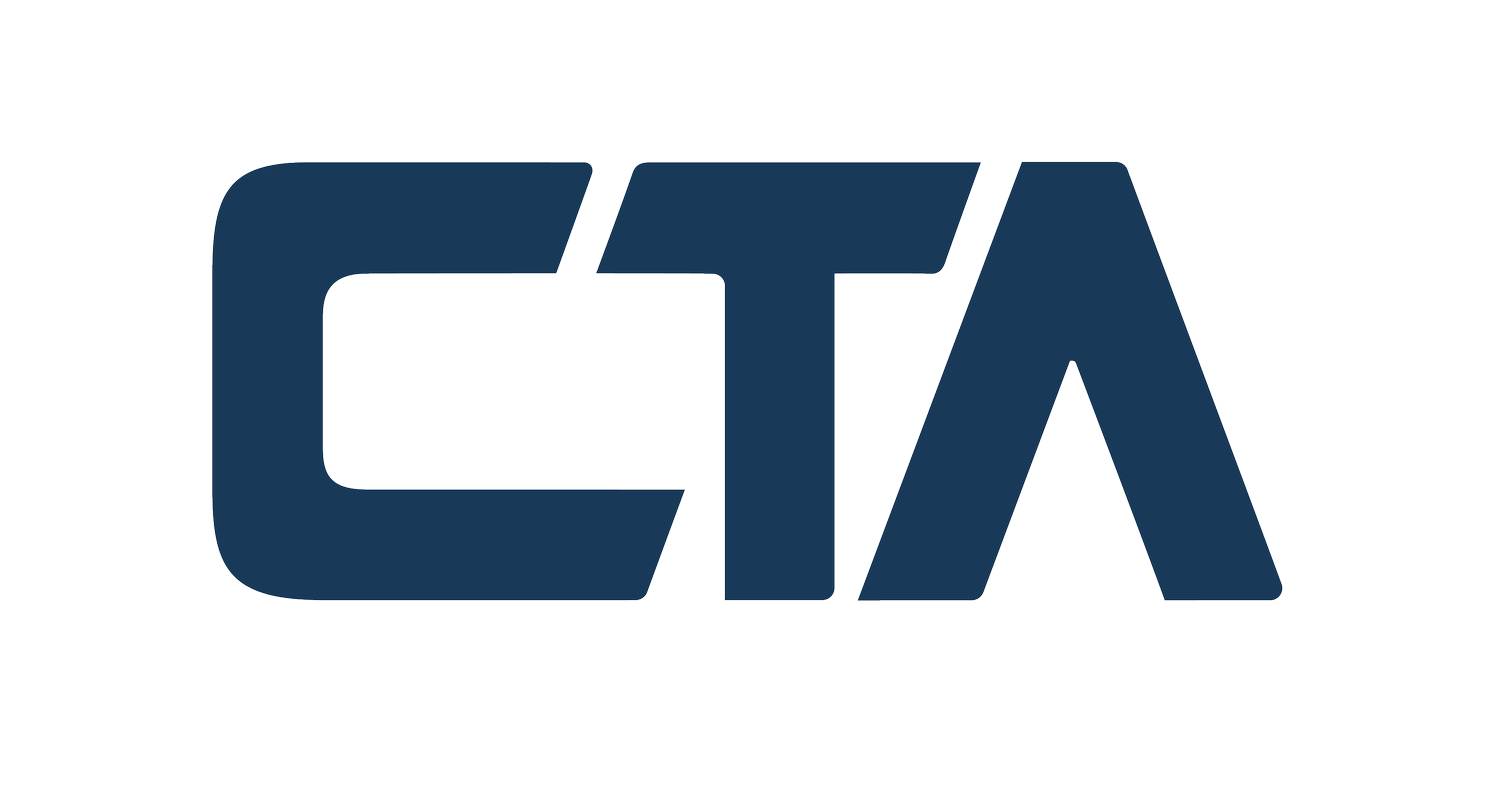In today’s competitive business landscape, maximizing tax savings can significantly impact a company’s financial health. Various tax incentives and services are available to help businesses reduce their tax liabilities. Understanding and utilizing these opportunities can lead to substantial savings. This article explores key tax-saving strategies including the Investment Tax Credit (ITC), Research and Development (R&D) tax credits, Section 179 deductions, cost segregation, and the Employee Retention Credit (ERC). The Section 174 repeal significantly impacts businesses by altering the way research and development expenses are deducted for tax purposes.
Investment Tax Credit (ITC)
The Investment Tax Credit is a federal incentive designed to encourage businesses to invest in renewable energy projects and energy-efficient technologies. The ITC allows businesses to deduct a percentage of the cost of installing solar energy systems and other qualifying renewable energy systems from their federal taxes.
Advantages:
- Immediate Tax Savings: The ITC allows for a direct reduction of the taxes owed, making it a valuable tool for businesses investing in renewable energy.
- Encourages Sustainable Practices: By incentivizing renewable energy investments, the ITC helps businesses reduce their carbon footprint.
- Long-Term Savings: Beyond the immediate tax benefits, businesses can enjoy reduced energy costs over the lifespan of the renewable energy systems.
Research and Development (R&D) Tax Credits
The R&D tax credit is designed to encourage businesses to invest in innovation and technological advancements. This credit applies to expenses related to the development or improvement of products, processes, software, or other business components.
Advantages:
- Fosters Innovation: The R&D tax credit incentivizes businesses to invest in research and development, driving innovation and competitiveness.
- Broad Applicability: This credit is available to a wide range of industries, not just high-tech companies.
- Reduces Tax Liability: Qualified research expenses can be used to directly offset income tax liabilities, leading to substantial tax savings.
Section 179 Deductions
Section 179 of the Internal Revenue Code allows businesses to deduct the full purchase price of qualifying equipment and software purchased or financed during the tax year. This deduction is designed to encourage businesses to invest in themselves by purchasing new equipment.
The recent legislative move to repeal Section 174 of the Internal Revenue Code has generated significant buzz among business owners, accountants, and tax professionals and it may be worth your while to consult with an R&D tax expert to be sure your filings and cash flow projections will be accurate.
This change, which impacts how research and development (R&D) expenses are treated for tax purposes, marks a substantial shift in the tax landscape. Note that the R&D four part test for eligibility is not impacted.
Advantages:
- Immediate Expensing: Section 179 allows businesses to expense the full cost of qualifying equipment upfront, rather than depreciating it over several years.
- Cash Flow Benefits: By accelerating the deduction, businesses can improve their cash flow and reinvest the savings back into their operations.
- Boosts Productivity: Investing in new equipment can enhance productivity and operational efficiency.
Cost Segregation
Cost segregation is a tax strategy that involves identifying and reclassifying personal property assets to shorten the depreciation time for taxation purposes, which can significantly increase the cash flow available to a business.
Advantages:
- Accelerated Depreciation: By reclassifying assets, businesses can take advantage of accelerated depreciation, reducing taxable income in the early years.
- Enhanced Cash Flow: The immediate tax savings can improve a company’s cash flow, allowing for reinvestment into the business.
- Maximizes Deductions: Cost segregation studies can identify all available deductions, ensuring businesses don’t miss out on potential savings.
For further information: What Is a Cost Segregation Study?
Employee Retention Credit (ERC)
The Employee Retention Credit is a refundable tax credit designed to encourage businesses to keep employees on their payroll during challenging economic times, such as the COVID-19 pandemic.
Advantages:
- Payroll Tax Credit: The ERC offers significant savings on payroll taxes, providing a financial cushion for businesses.
- Supports Workforce Stability: By incentivizing employee retention, the ERC helps businesses maintain a stable and skilled workforce.
- Refundable Credit: Even if the credit exceeds the business’s payroll tax liability, the excess is refunded to the business, offering additional financial support.
Conclusion
Maximizing tax savings is an essential strategy for businesses looking to enhance their financial health and competitiveness. By leveraging incentives like the ITC, R&D tax credits, Section 179 deductions, cost segregation, and the ERC, businesses can significantly reduce their tax liabilities. It’s crucial to stay informed about these opportunities and consult with tax professionals to ensure that your business is taking full advantage of all available tax-saving strategies. Through careful planning and strategic investments, businesses can achieve substantial tax savings and reinvest those funds into growth and innovation.









